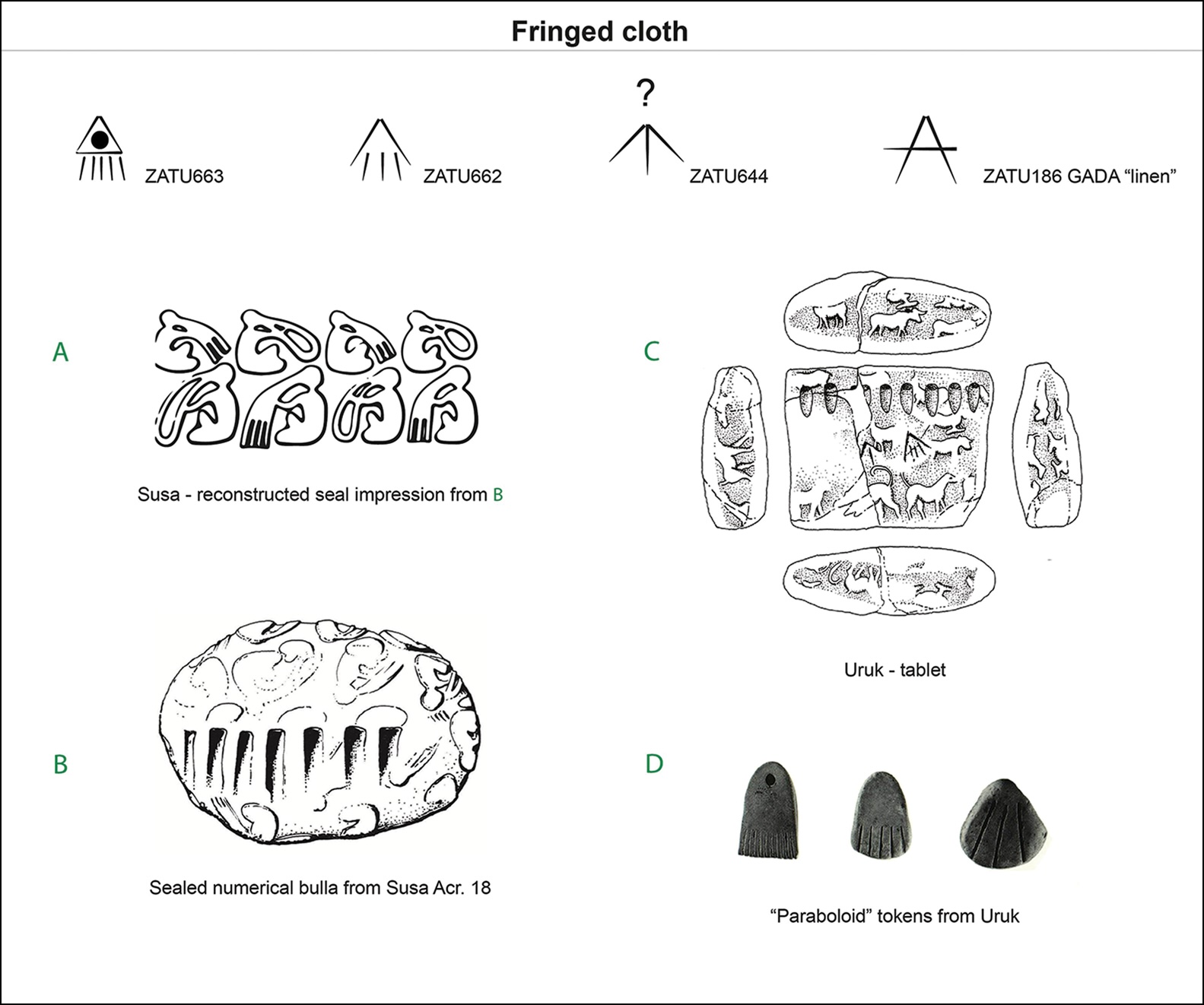Although humans have been leaving their mark on the face of this earth for at least tens of thousands of years, it is difficult to pinpoint the exact moment when our impulse to record what we saw turned into what we would consider “writing.”
Now a team from the University of Bologna in Italy has linked symbols on ancient Mesopotamian seals to an archaic visual communication system called proto-cuneiform; an art form that would, over time, evolve into one of the world’s first true writing systems.
“The close relationship between anciSealing and the invention of writing in Southwest Asia have long been recognized, but the relationship between specific seal images and sign forms has hardly been explored,” says philologist Silvia Ferrara from the University of Bologna.
“This was our starting question: Did images of seals contribute significantly to the invention of early writing in the region?”
Writing is a complex system of rules that tells us how to arrange and interpret symbols to convey all kinds of information, from literal descriptions to abstract thoughts.
Long before these rules were invented, symbols representing basic concepts were etched, drawn – or in this case, printed – on materials to share simple ideas, which may have been standardized over time as a lexicon for grammar-free ‘proto-writing’ .
The researchers methodically compared the designs they found on ancient cylinder seals with known proto-cuneiform characters. The selection of cylinder seals they analyzed originated before the emergence of writing in ancient Mesopotamia, up to the proto-literate period.
They argue that similarities in the way common artifacts were visually depicted on the cylinder seals – for example, fringed textiles and mesh vessels – share elements with their corresponding proto-cuneiform symbols.

For example, the proto-cuneiform signs associated with fringed material have triangular shapes with multiple vertical lines pointing down from a piece of ‘cloth’. Depictions of people weaving a cylinder seal from the Mesopotamian city of Susa have a similar shape, as do artifacts from the city of Uruk.

Similar similarities can be seen between what appear to be images of ships encased in mesh on the cylinders and a series of proto-cuneiform characters that the researchers suspect have the same meaning.
“The conceptual leap from pre-writing symbolism to writing is an important development in human cognitive technologies,” says Ferrara.
“The invention of writing marks the transition between prehistory and history, and the findings of this study bridge this gap by illustrating how some late prehistoric images became incorporated into one of the earliest invented writing systems.”
Proto-cuneiform is first seen in the archaeological record as a method of bookkeeping. It allowed people to monitor the production and trade of everyday items, especially agricultural and textile items. But before this literacy emerged in Mesopotamia, cylinder seals fulfilled that same purpose: allowing people to record trade by “printing” data on clay tablets.
“Our findings show that the designs engraved on cylinder seals are directly related to the development of proto-cuneiform writing in southern Iraq,” says Ferrara.. “They also show how the meaning originally associated with these designs became integrated into a writing system.”
This research has been published in the journal Antiquity.
